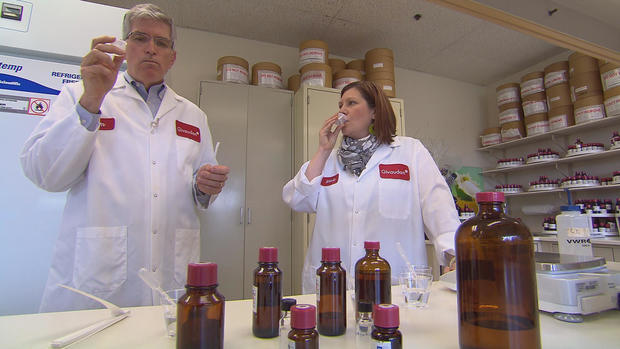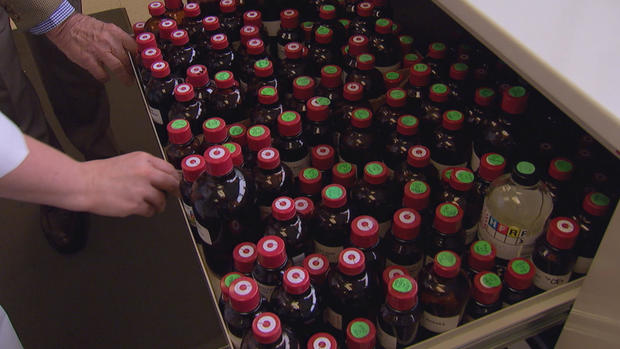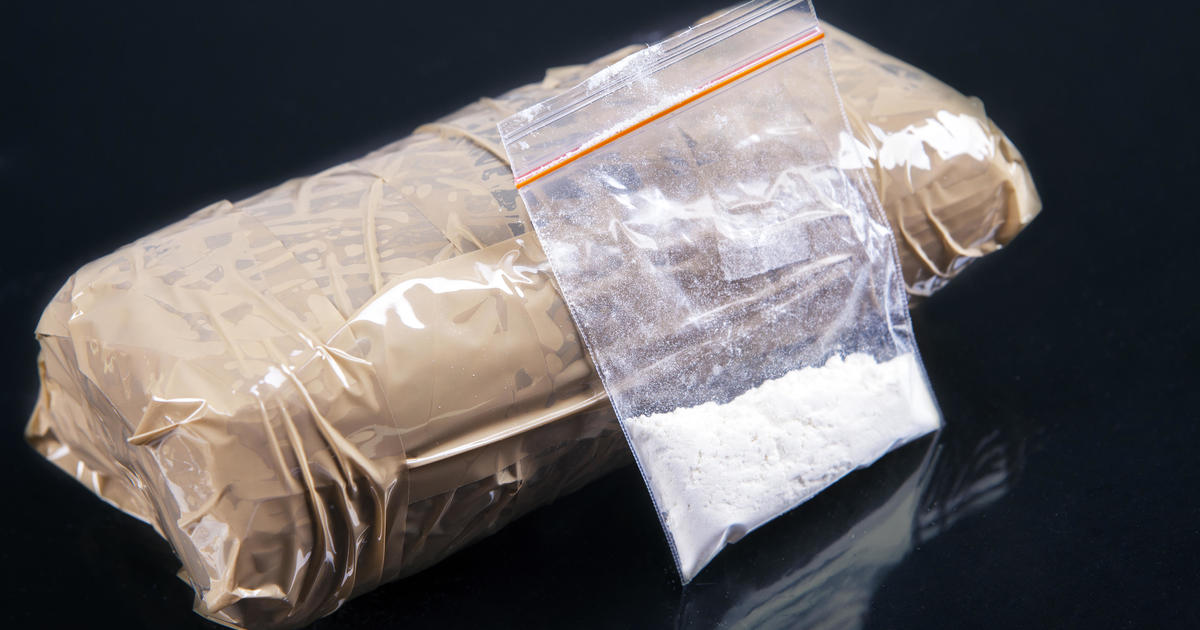The "super-tasters" flavoring your food
Thanksgiving. It’s a week dedicated to eating, drinking, and giving thanks for elastic waistbands.
Five years ago this week, 60 Minutes correspondent Morley Safer described Americans as a bit overstuffed. That’s in part, he reported, because we eat processed food that is specifically designed to create cravings through irresistible flavors.
In the video player above, Safer gets a look inside the multibillion-dollar flavoring industry in his memorable report “The Flavorists,” produced by Ruth Streeter. The story takes viewers inside the highly secretive business of creating the artificial – or so-called natural – flavors that enhance almost every product on grocery store shelves.
“Our intellectual properties are our formulas,” says Jim Hassel, a chemist and product developer at Givaudan, the largest flavoring company in the world. “Without that we have nothing. So there’s a lot of secrecy. You really don’t want anyone to know.”
Their formulas may be secret, but their tastes are familiar – raspberry, strawberry, vanilla. These may sound like simple flavors but not in the world of flavorists. Safer interviews one chemist who shows him 750 different types of orange, tangerine and mandarin flavors.
And with thousands of employees in more than 140 countries, Givaudan provides tastiness to just about every cuisine imaginable.
The flavors are all combinations of chemicals. Artificial flavors are largely manmade, and natural flavors come from nature, though it may not necessarily be the kind of nature the consumer imagines. For example, strawberry and vanilla flavor can come from the gland in a beaver’s backside.
As Safer discovers, flavorists are part super-tasters, part alchemists. For example, with fruity flavors, they can find just the right combination to create a burst of taste in the beginning of the bite, with a finish that won’t linger too long -- intended to leave the diner wanting more.
Once flavorists create an irresistible taste – say, roast chicken – a flavor in liquid form gets vacuum dried in an oven until it dries out in cake form. The cake is then ground into a fine powder, ready to fool diners into imagining that they’re eating a crusty, fatty chicken.
But former FDA head Dr. David Kessler says the flavorists are doing more than satisfying cravings.
“We’re living in a food carnival,” he tells Safer. “These flavors are so stimulating, they hijack our brain.”
Kessler wants America to kick its bad eating habits, but the cravings for fat, sugar, and salt make old habits die hard.
“We’re eating fat on fat on sugar on fat with flavor,” Kessler says. “And much of what we’re eating with these flavors, you have to ask yourself, is it really food?”





